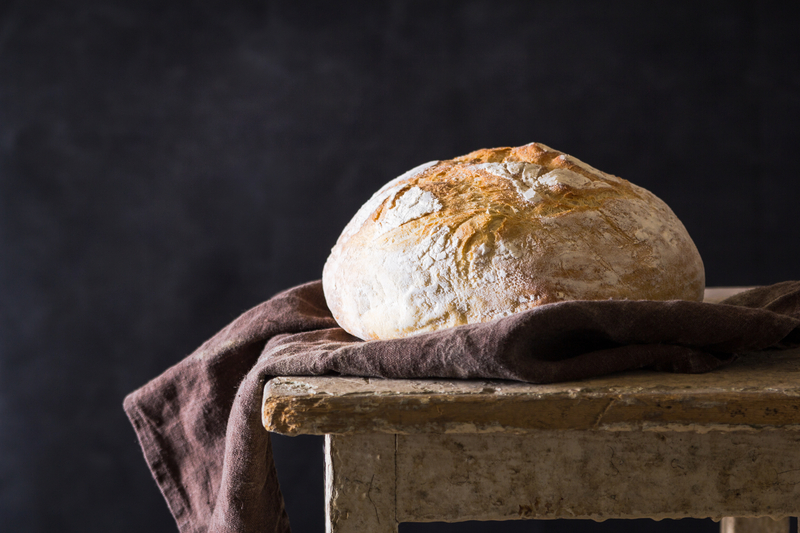 Baking bread is an age-old culinary art that brings joy to kitchens around the world.
Baking bread is an age-old culinary art that brings joy to kitchens around the world.
From the intoxicating aroma that wafts through the house to the satisfaction of a perfectly golden crust, there’s something magical about the process.
However, one common conundrum among bakers is the choice of temperature—350°F or 375°F?
In this exploration, we delve into the science behind these two temperatures to unravel the mystery and help you achieve baking perfection.
The Basics
Before we dive into the temperature debate, let’s establish some foundational knowledge.
Baking bread involves a delicate dance of yeast fermentation, gluten development, and the Maillard reaction.
The yeast ferments the dough, producing carbon dioxide, which causes the bread to rise.
Meanwhile, gluten—a network of proteins—provides structure and texture, and the Maillard reaction is responsible for the browning and development of complex flavors.
350°F: The Gentle Approach
 At 350°F, the bread undergoes a slower and gentler baking process.
At 350°F, the bread undergoes a slower and gentler baking process.
This temperature is often favored for enriched doughs, which contain fats, sugars, and other enriching ingredients.
The lower temperature allows for a more gradual rise, fostering better yeast fermentation.
The result is a bread with a softer crust and a more tender crumb.
375°F: The Bold Choice
On the flip side, 375°F brings a bolder approach to bread baking.
The higher temperature accelerates the Maillard reaction, leading to a quicker and more pronounced browning of the crust.
This can result in a crustier exterior and a chewier crumb—ideal for rustic, artisanal loaves.
The increased heat also promotes a faster rise, creating a bread with a slightly different texture and flavor profile.
The Maillard Magic
 The Maillard reaction, often dubbed the “browning reaction,” is a complex chemical process that occurs between amino acids and reducing sugars when exposed to heat.
The Maillard reaction, often dubbed the “browning reaction,” is a complex chemical process that occurs between amino acids and reducing sugars when exposed to heat.
This reaction is responsible for the appealing color and rich flavor in baked goods.
At 350°F, the Maillard reaction occurs more gradually, allowing for nuanced flavor development.
At 375°F, the reaction is more rapid, leading to a deeper color and more robust taste.
Choosing the Right Temperature
Ultimately, the choice between 350°F and 375°F depends on the type of bread you desire.
If you’re aiming for a soft, sandwich-style loaf, 350°F might be your go-to.
For those seeking a crusty, artisanal bread with a chewy interior, 375°F could be the winning temperature.
Bottom Line – Is it Better to Bake Bread at 350 or 375?
 In the world of bread baking, the choice between 350°F and 375°F is a matter of preference and style.
In the world of bread baking, the choice between 350°F and 375°F is a matter of preference and style.
Understanding the science behind these temperatures empowers bakers to make informed decisions based on the desired outcome.
So, whether you opt for the gentle warmth of 350°F or the bold heat of 375°F, embrace the artistry of baking and savor the delicious results.
After all, there’s no right or wrong—only the joy of creating the perfect loaf.


